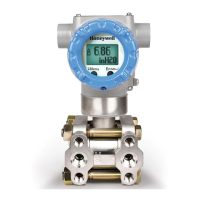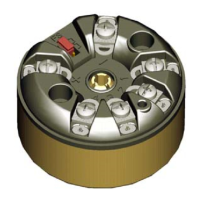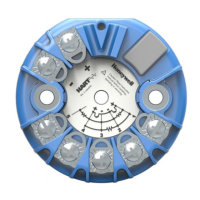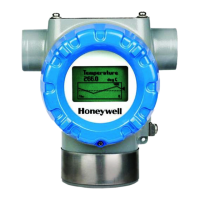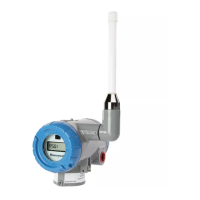Revision 2.0 FOUNDATION Fieldbus ST 700 Pressure Transmitter User's Guide Page 69
The usage is as follows:
Rate
It is used when the variable connected to the input is a rate, that is Kg/s, w, Gal/hour, and
so on. This input can come from the rate output OUT of an Analog Input block.
Accum
It is used when the input comes from the OUT_ACCUM output of a Pulse Input block,
which represents a continuous accumulation of pulse counts from a transducer, or from the
output of another Integrator block. The bits corresponding to IN_1 and IN_2 can be set to
False for Rate, or can be set to True for Accum.
If the input option is Rate
Each input needs a parameter to define the rate time unit: IN_1, IN_2. The time unit can be
selected in seconds/minutes/hours/days. The second analog input must be converted into
the same unit as that of the first input. IN_2 must be converted into the same units of IN_1.
This can be done by using the parameter UNIT_CONV. For example, if IN_1 is in seconds
and if IN_2 is in minutes, IN_2 must be converted to seconds before starting the
integration. In this case, the value of UNIT_CONV is .0166 (1/60).
To find the mass, volume, or energy increment per block execution, each rate must be
multiplied by the block execution time. This increment must be added or subtracted in a
register.
The following diagram is an example of the use of two Rate inputs:
Figure 13: Two Rate Inputs
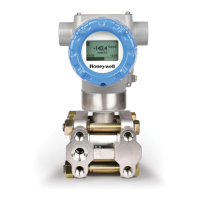
